Farming changed dramatically between the early settlement of St. Charles and the turn of the century. During the middle 19th century, over 90% of the country’s men were farmers. With the invention of the McCormick Reaper in 1878, there existed a need for larger, stronger horses to pull the heavier plow. With this in mind, St. Charles gentleman Mark Dunham set out for Europe to find a breed of stronger horses to bring back to the US.
A Burst of New Energy
After 1870, St. Charles was rejuvenated by railroad, new industry, and more emigration. The village of St. Charles was incorporated into a city in October of 1874 and J.K. Lewis was elected the first mayor. Improvements to provide valuable community services to the people of St. Charles included telephones by the 1880s, a library by 1889, a newspaper by 1881, a new high school (Haines) in 1898, gas mains by 1901, free mail delivery by 1904, city water mains by 1906, and city sewers in 1912.
Aftermath of the Civil War: "Mrs. May"
St. Charles experienced a stunt in growth from about 1850 to 1870 due to several factors inside and outside of town. Natural disasters, such as floods and epidemics, the Civil War, and the loss of the railroad contributed to the lack of expansion.
Spiritualists, clairvoyants, or mediums were on the increase after the end of the Civil War due to the thousands of grieving survivors trying to connect with lost loved ones. It was so much accepted, that by the 1880s, the Universalist Church in St. Charles was converted into the hub of the Spiritualist movement in Northern Illinois.
Camp Kane and the Civil War
Abolitionist Movement and the Underground Railroad in St. Charles
African-American emigrants to St. Charles shared an abusive history of power struggles within the slave trade. Many of the people who fled from this persecution did so through the underground railroad. St. Charles played an important role in helping slaves to freedom. Known abolitionists such as James Wheeler, James Durant, and members of the Kane County Anti-Slavery Society fought for the rights of these oppressed people. Many fugitive slaves traveled through the Fox River Valley following the river north to freedom.
The Legend of the Franklin Medical School
The first medical school in Illinois was the Franklin Medical School founded in 1842 in St. Charles. Dr. George Richards was director of the school located at the northeast corner of First Avenue and Main Street. The school was the cause of a 1849 riot in St. Charles, which today is known as the "Richards Riot."
The Boom of the 1840s and 1850s
Between 1840 and 1850, the downtown experienced a boom in settlement, development, and activity. Industries such as a paper mill, condensing mill, oil mill, and an iron foundry were founded. In addition, many brick homes were built in the towns historic districts of Century Corners and Old St. Charles.
Building the Dam, Bridge, and Mills
Black Hawk War
According to the United States, the leaders of the Sac and Fox groups "signed" a treaty in 1804 which deeded the land west of the Fox River to the US. Black Hawk did not acknowledge this treaty because the negotiator, General William Henry Harrison, did not consult the entire council of Sac and Fox nations.















